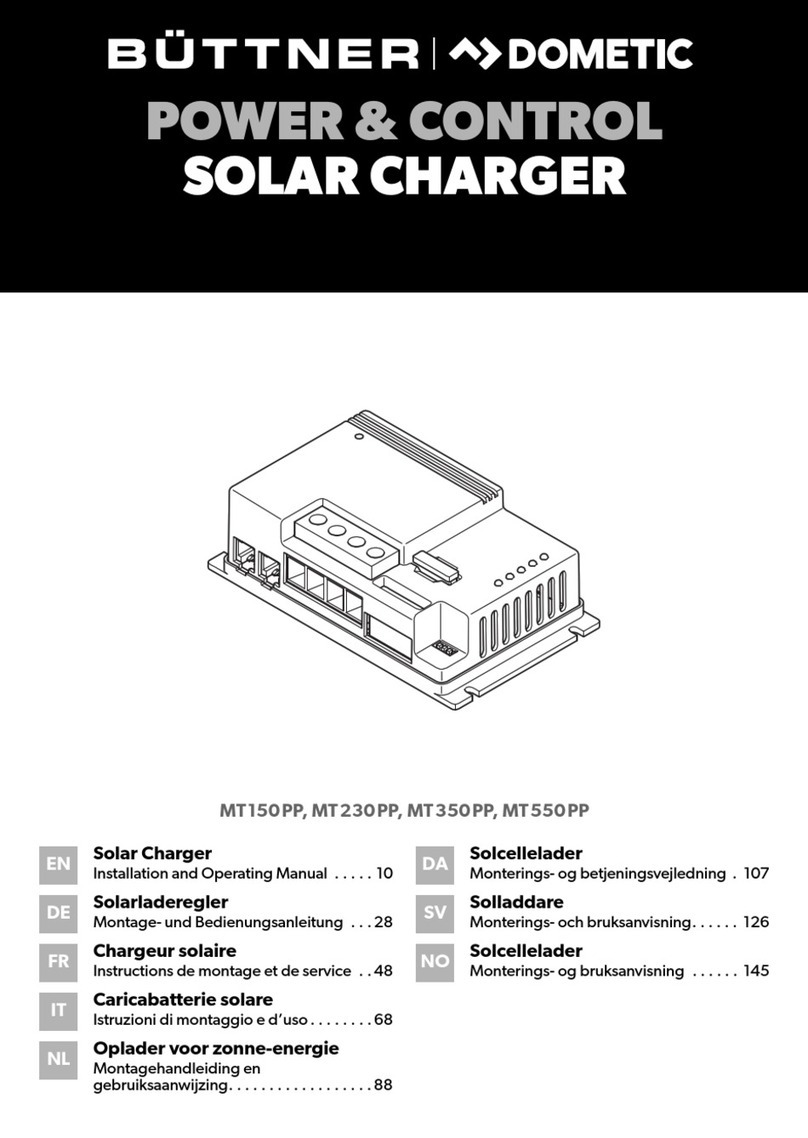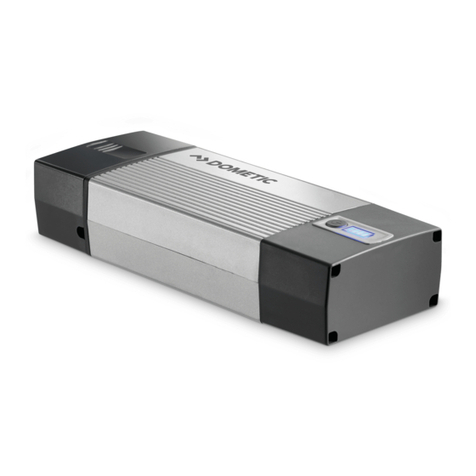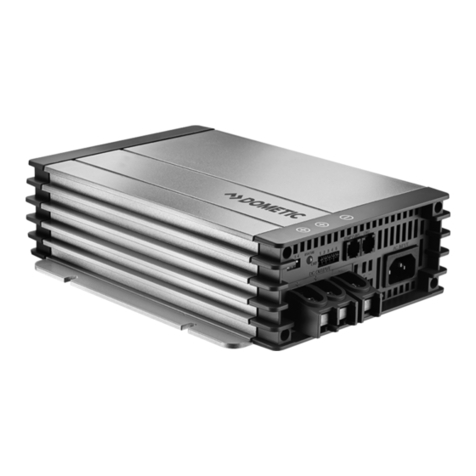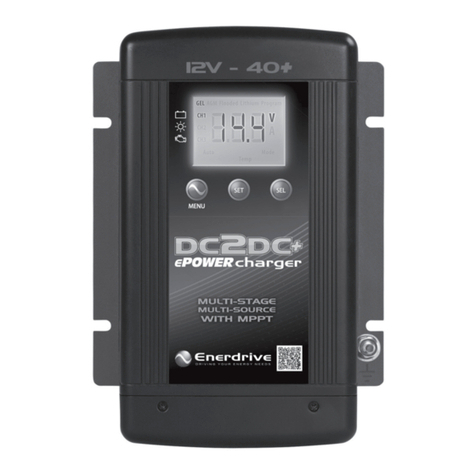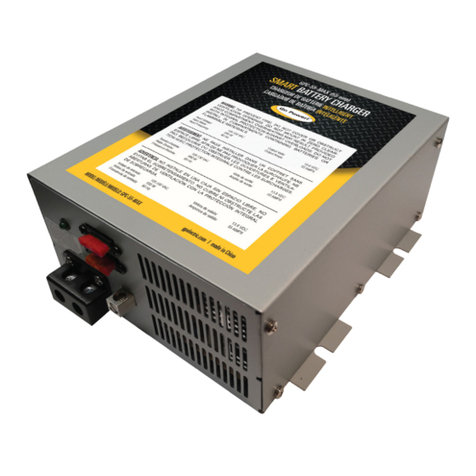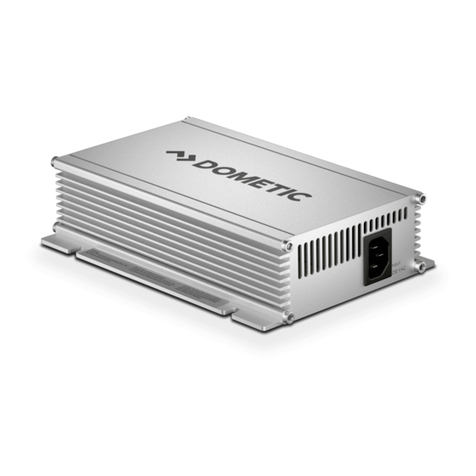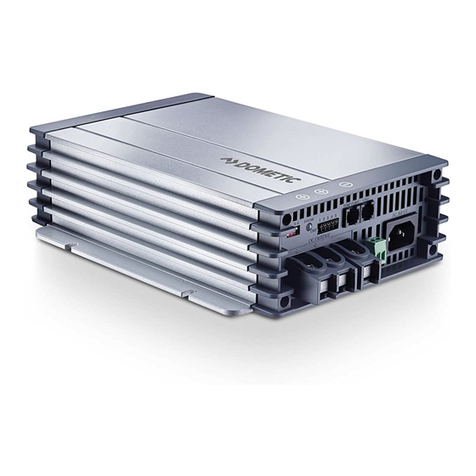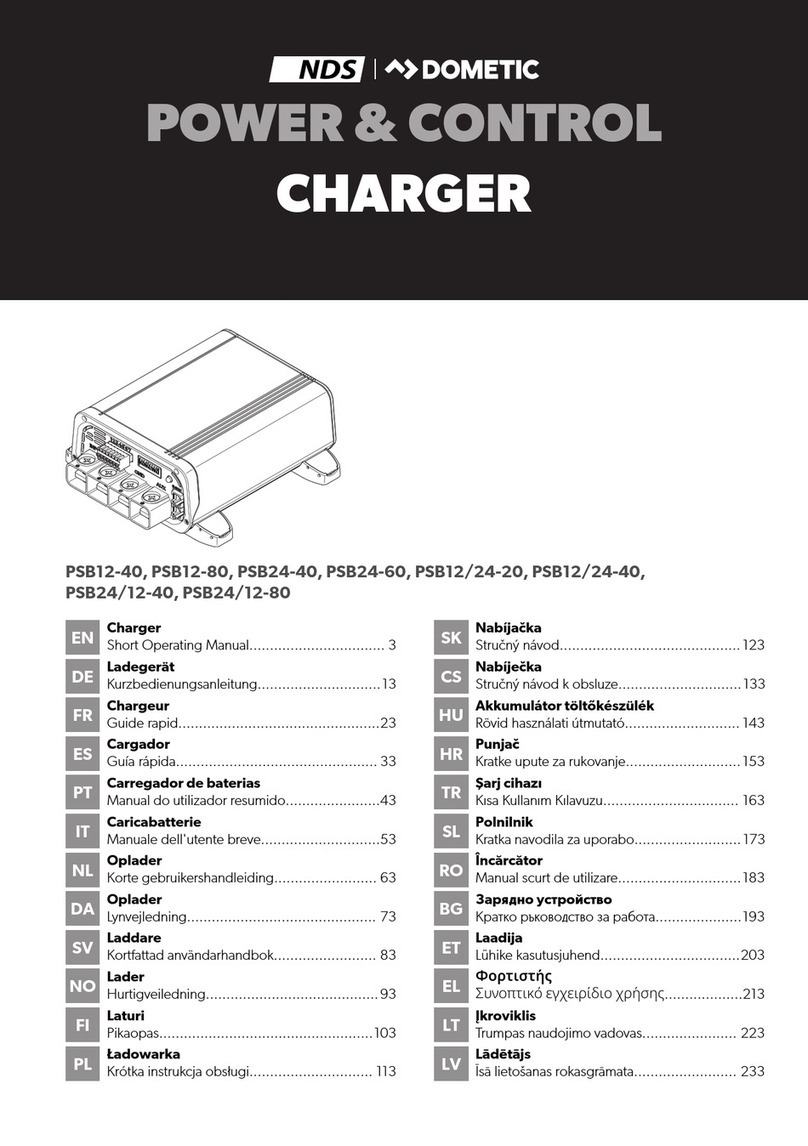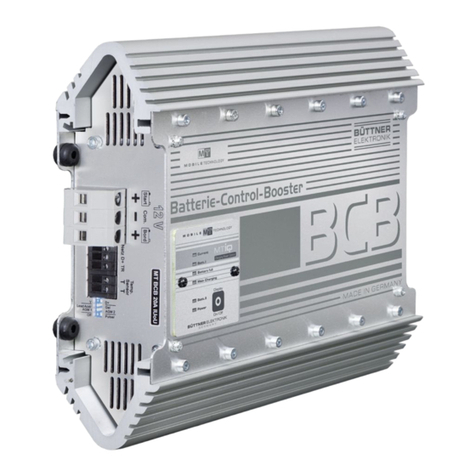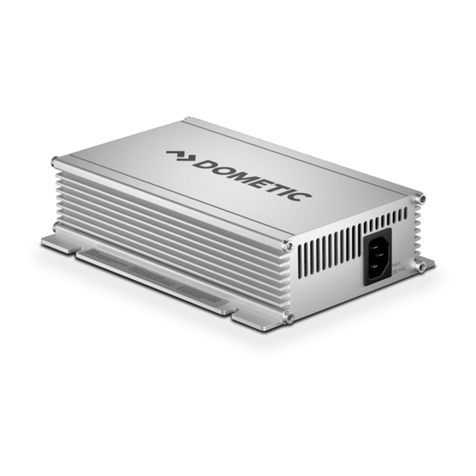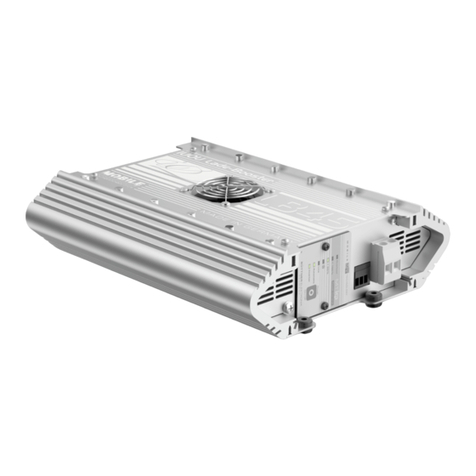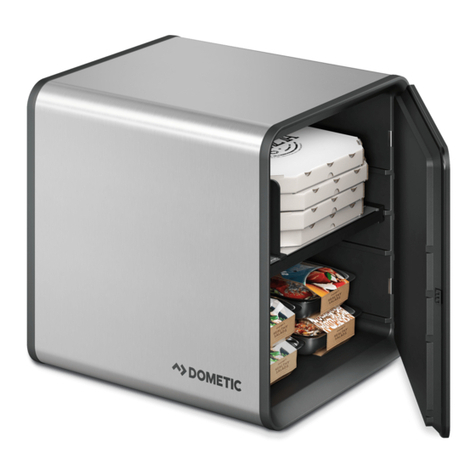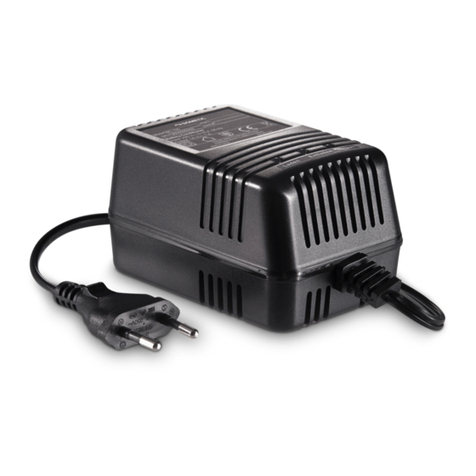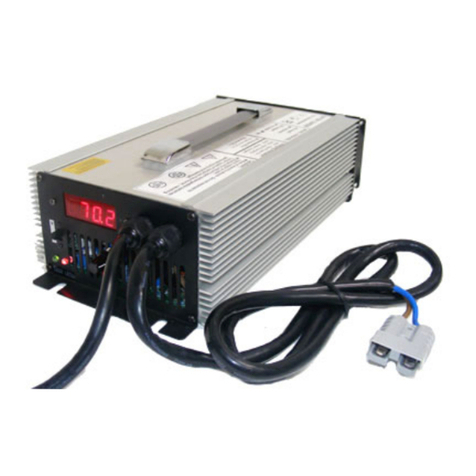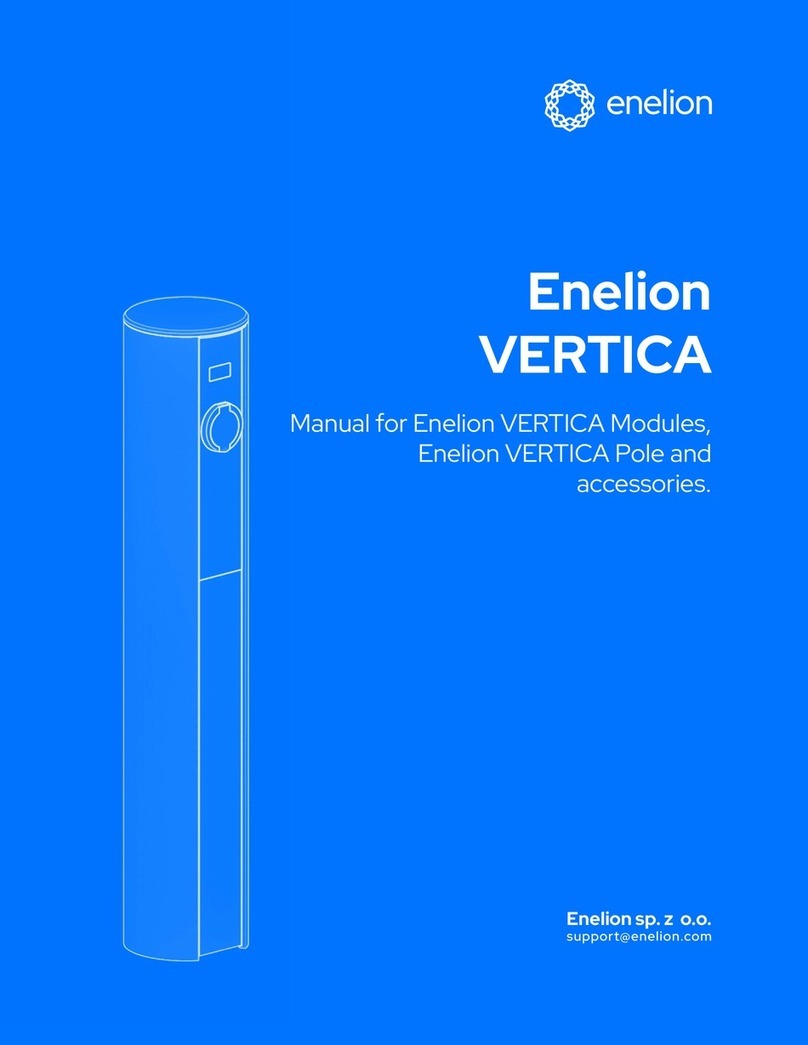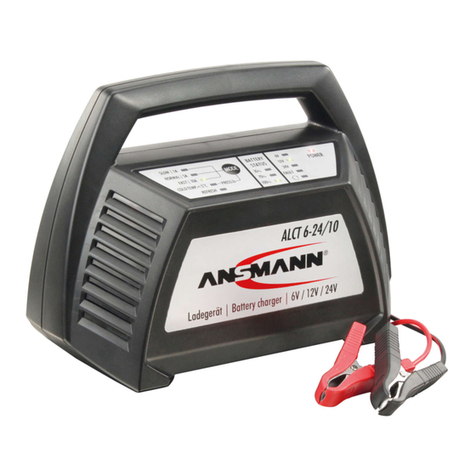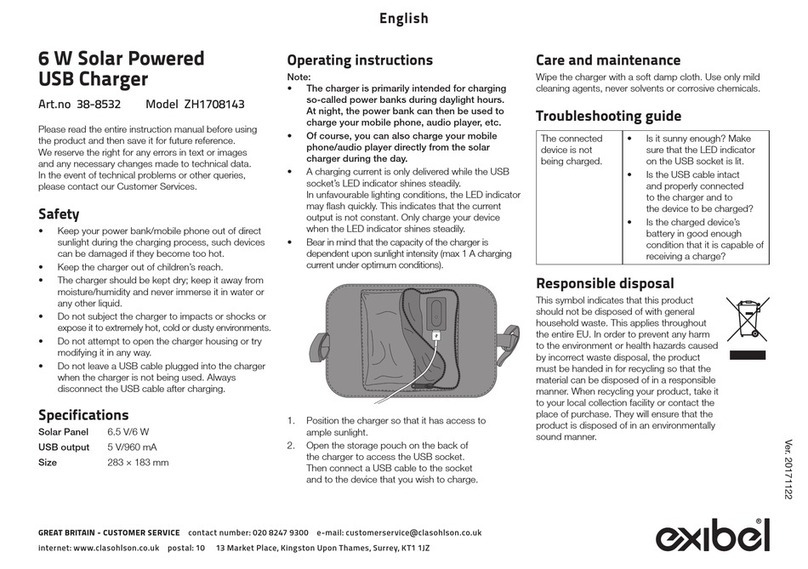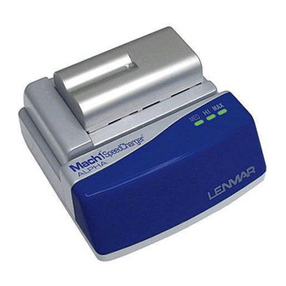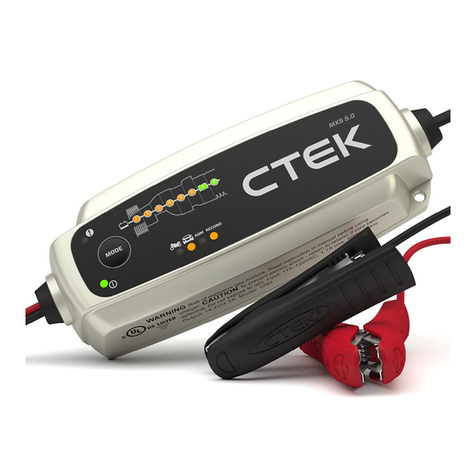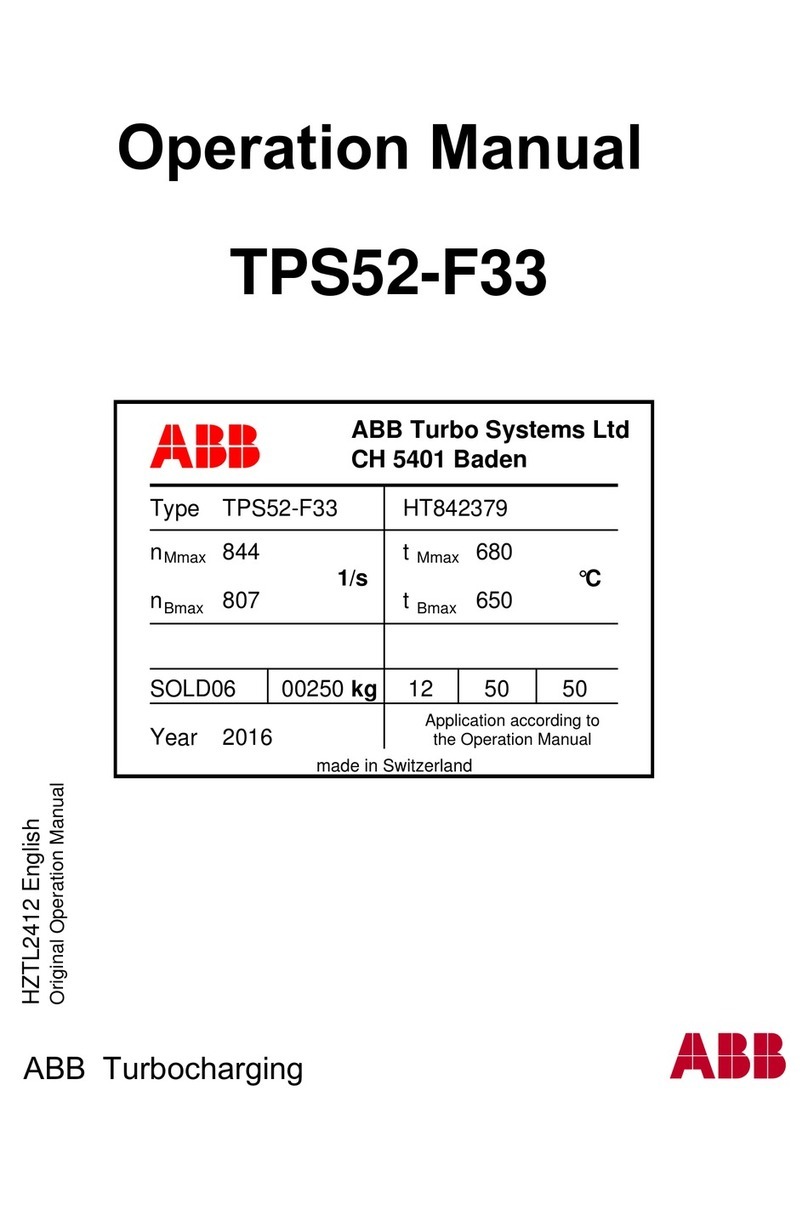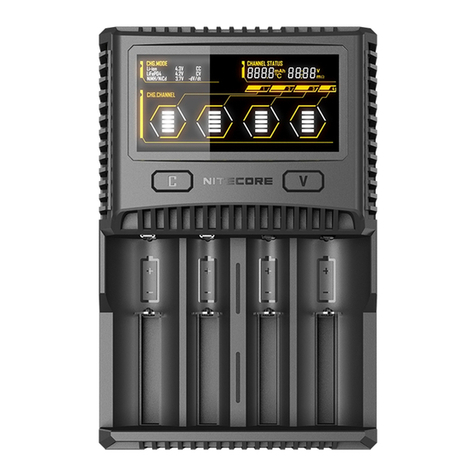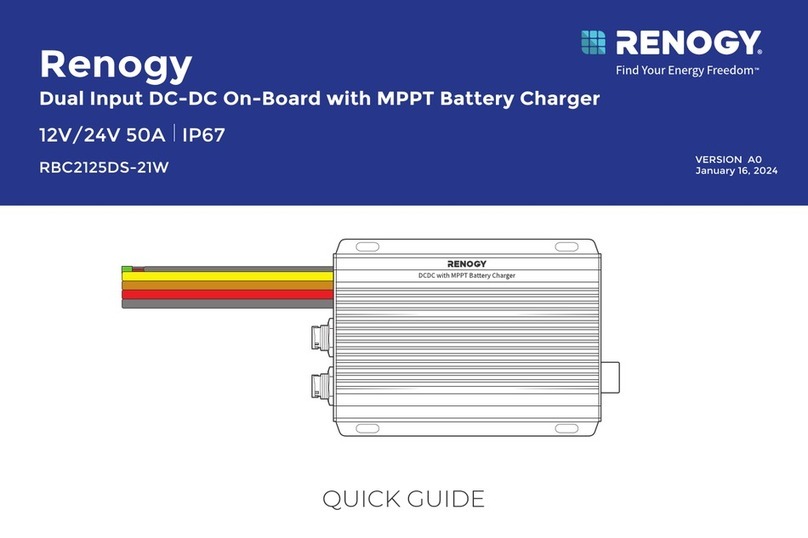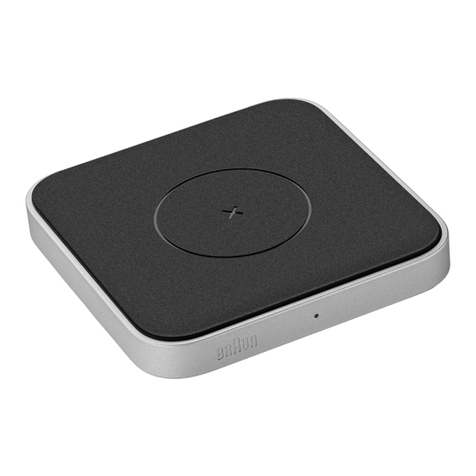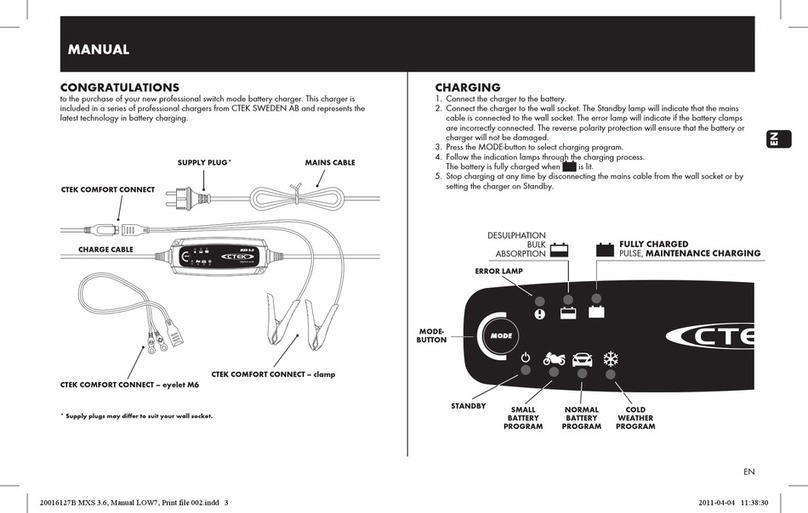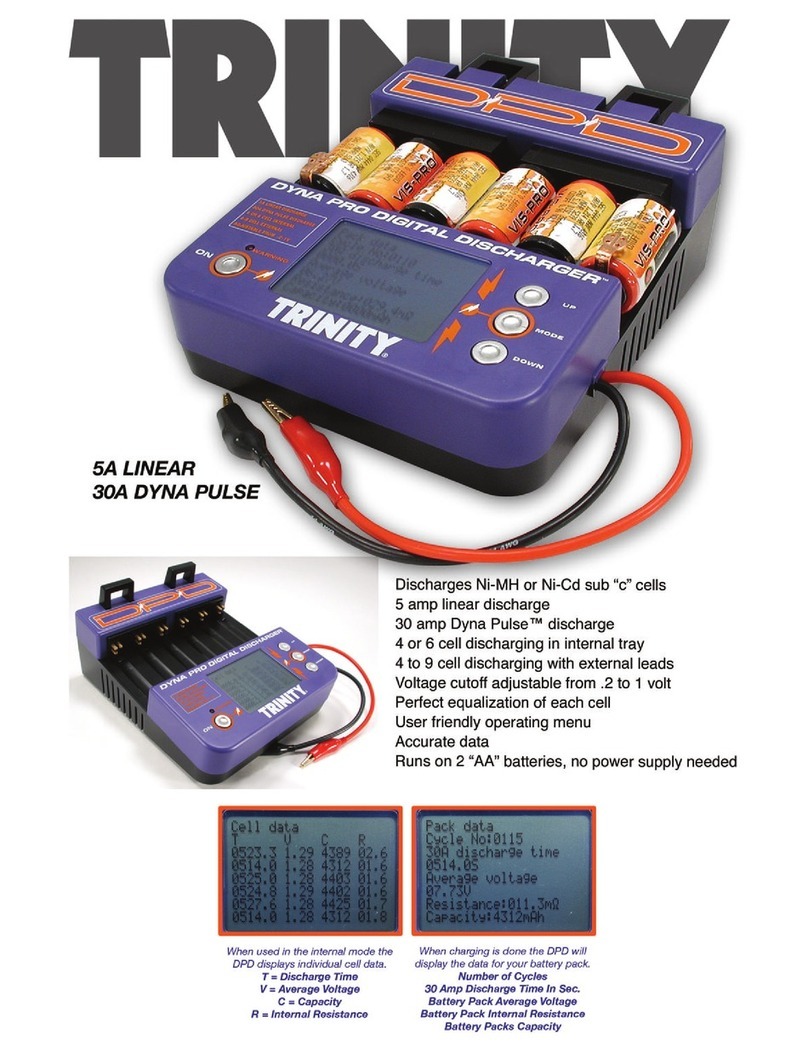
8❖❖
❖❖
❖English
L-0921
L-0123 Revised: 5-26-05
All Dometic components bear a data plate on which there are
model and serial numbers. The serial number is date coded.
To determine whether or not any Dometic component is in
warranty, proceed as follows:
1. Determine the manufacture date of the component from
the serial number on the data plate. If you are not familiar
with the date code, write or call the Dometic Customer
Service Department at (804)746-1313, to obtain the
manufacture date. The hours of the Customer Service
Department are 8:00 am - 5:00 pm (USA, Eastern Time
Zone) Monday through Friday excluding holidays.
2. It is possible that there might exist a considerable time lag
between the date a component is manufactured and the
date it is put in service. In such instances, the date of
manufacture could indicate that the item is out of warranty.
However, based on the date the equipment is first put in
service, the item may still be covered by the Dometic
warranty described in Section I. For proof of date put in
service, Dometic will require a copy of the bill of sale of
the Dometic equipment from the installer or new boat
dealer to the original owner.
Section IV
How do you get service? Please Read the follow-
ing Warranty Procedure.
WARRANTY PROCEDURE
If the failure of a Dometic component is determined to be
covered under the Dometic warranty and the time in service is
determined to be within the warranty time limit, the owner has
the following three options:
1. Preferred option: Have a Dometic authorized Servicing
Dealer perform the work needed. The customer should
call Dometic's Service Department for a recommendation
as to the closest dealer. If the customer already knows an
authorized servicing dealer, the dealer should be con-
tacted directly.
2. If the customer contacts Dometic's Service Department
for a Servicing Dealer and Dometic has no one in that
particular area, Dometic will authorize the use of a local
service company and Dometic will work with the local
company to assist in any way possible.
3. The customer may send his equipment back to the factory
to have the repair work done. Dometic will make every
effort to return the equipment to the customer within a
three week time period. If the claim represents a legiti-
mate warranty problem, Dometic will pay the freight both
ways. Dometic prefers option one and two, if at all
possible.
The customer may contact the Dometic Service Department
at (804) 746-1313.
WARNING
Dometic Environmental Corporation (Dometic) manufacturers of Cruisair, Grunert,
Marine Air, Sentry and Tundra Products, makes the following safety warnings
concerning the application, installation, use and care of its products. Although
these warnings are extensive, there may be specific hazards which may arise out
of circumstances which we have not outlined herein. Use this as a guide for
developing an awareness of potential hazards of all kinds. Such an awareness will
be a key factor in assuring your SAFETY and comfort.
ELECTRICITY - Many Dometic products operate on 115, 230 or 440 volt AC power.
Such voltages can be LETHAL; therefore, the chassis, cabinets, bases, etc., on all
components must be grounded together and connected to the vessel's grounding
system. Sparks can occur as switches, thermostats and relays open and close in
the normal operation of the equipment. Since this is the case, ventilating blowers
for the removal of hazardous fumes or vapors should be operated at least 5
minutes before and during operation of any Dometic product or group of Dometic
products. All electrical connections must be covered and protected so accidental
contact cannot be made by persons using the equipment, as such contact could be
LETHAL.
ELECTROLYSIS - Electrical leakage of any component can cause electrolytic
deterioration (electrolysis) of thru-hull components which could result in leakage
serious enough to sink a vessel which could result in loss of life. All Dometic
components must be kept clean and dry and checked periodically for electrical
leakage. If any electrical leakage is detected, the component should be replaced or
the fault causing the leakage corrected before the component is put back into
service.
GAS - CRUISAIR, MARINE AIR, GRUNERT and TUNDRA components utilize R-22
(Chlorodifluoromethane), R134a refrigerant (Tetrafluoroethane), R-407C (which
contains Diflouromethane (HFC-32), Pentafluoroethane (HFC125), and 1.1.1.2 -
Tetrafluoroethane (HFC134a)), R404A (R125/R143a/R134 (44%/52%/4%)), or
R417a, which are non-toxic, non-flammable gases; however, these gases contain
no oxygen and will not support life. Refrigerant gas tends to settle in the lowest
areas of the compartment. If you experience a leak, evacuate all personnel, and
ventilate area. Do not allow open flames in the area of leaks because refrigerant
gas, when burned, decomposes into other potentially LETHAL gases. Refrigerant
components operate at high pressure and no servicing should be attempted
without gloves, long-sleeved clothing and eye protection. Liquid refrigerant gas can
cause severe frost burns to the skin and eyes.
VENTILATION - To cool or heat air, CRUISAIR, MARINE AIR and GRUNERT
components are designed to move air through a heat exchanger by a blower or
propeller fan. This design necessarily produces a suction on one side of the air
handling component and a pressure on the other side. Air handling components
must be installed so that the suction-pressure action does not: (1) pressurize an
area to the extent that structural failure occurs which could cause harm to
occupants or bystanders, or (2) cause a suction or low pressure in an area where
hydrogen gas from batteries, raw fuel vapor from fuel tanks, carbon monoxide from
operating propulsion engines, power generators or heaters, methane gas from
sewage holding tanks, or any other dangerous gas or vapor could exist. If an air
handling unit is installed in such a manner that allows potentially lethal gases or
vapors to be discharged by the air handling unit into the living space, this could
result in loss of life.
Maximum protection against the introduction of dangerous gases or vapors into
living spaces can be obtained by providing living spaces which are sealed from all
other spaces by use of airtight bulkheads and decks, etc., and through the
introduction of clean air into the living space. Bear in mind that the advent of air
conditioning, whether it be for cooling or for heating, naturally leads to the practice
of closing a living space tightly. Never close all windows and doors unless auxiliary
ventilating systems, which introduce clean outside air into the living space, are
used. Always leave enough window and door openings to provide adequate
ventilation in the event potentially lethal gases or fumes should escape from any
source.
CONDENSATE - All cooling units produce water condensate when operating on the
cooling cycle. This water must be drained from the cooling unit overboard. If
condensate is allowed to drip on a wooden structure, rotting or decay and
structural failure may occur which could result in loss of life. If condensate is
allowed to drip on electrical components, deterioration of the electrical components
could result in hazardous conditions. When an air conditioning system is in
operation, condensate drains may be subjected to negative pressure. Always
locate condensate drains as far as possible from points where engine waste and
other dangerous gases are exhausted so no such dangerous gases can be drawn
into the condensate drains.
Warning
Never sleep in a closed area on a boat when any equipment, which functions as a
result of the combustion of a volatile fuel, is in operation (such as engines,
generators, power plants, or oil-fired heaters, etc.). At any time, the exhaust system
of such devices could fail, resulting in a build-up of LETHAL gases within the
closed area. Warning Revised: 05-26-05
